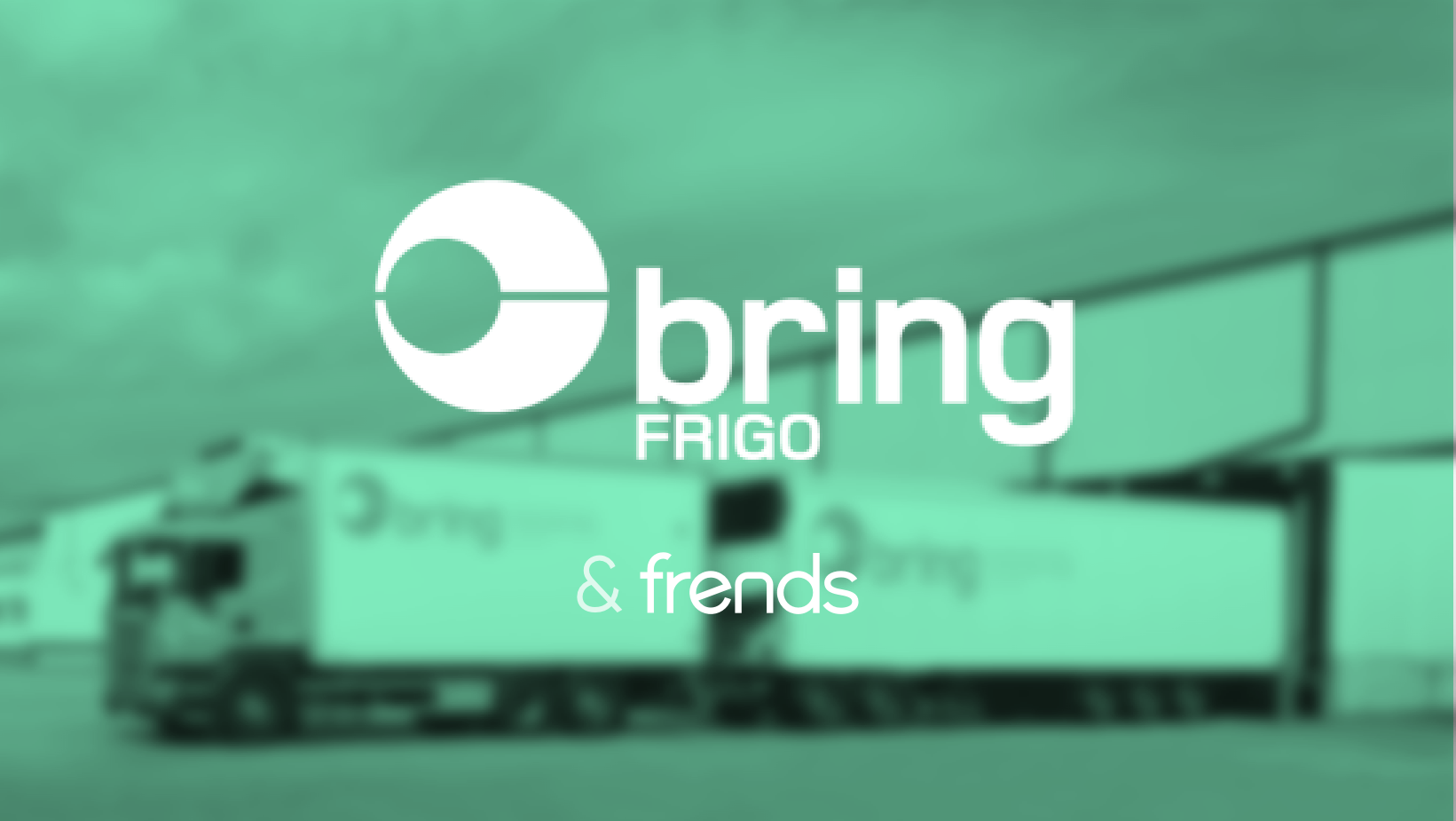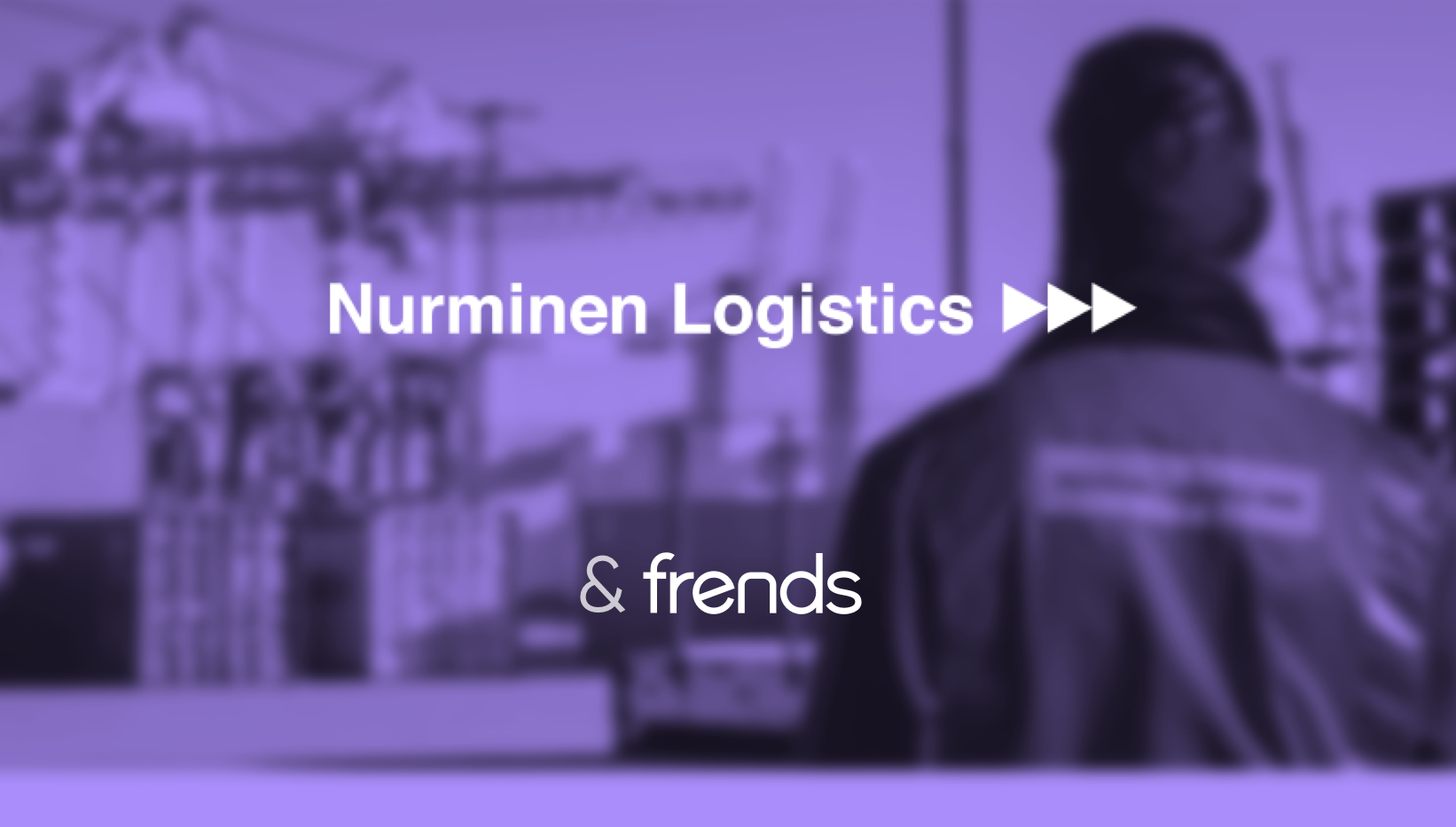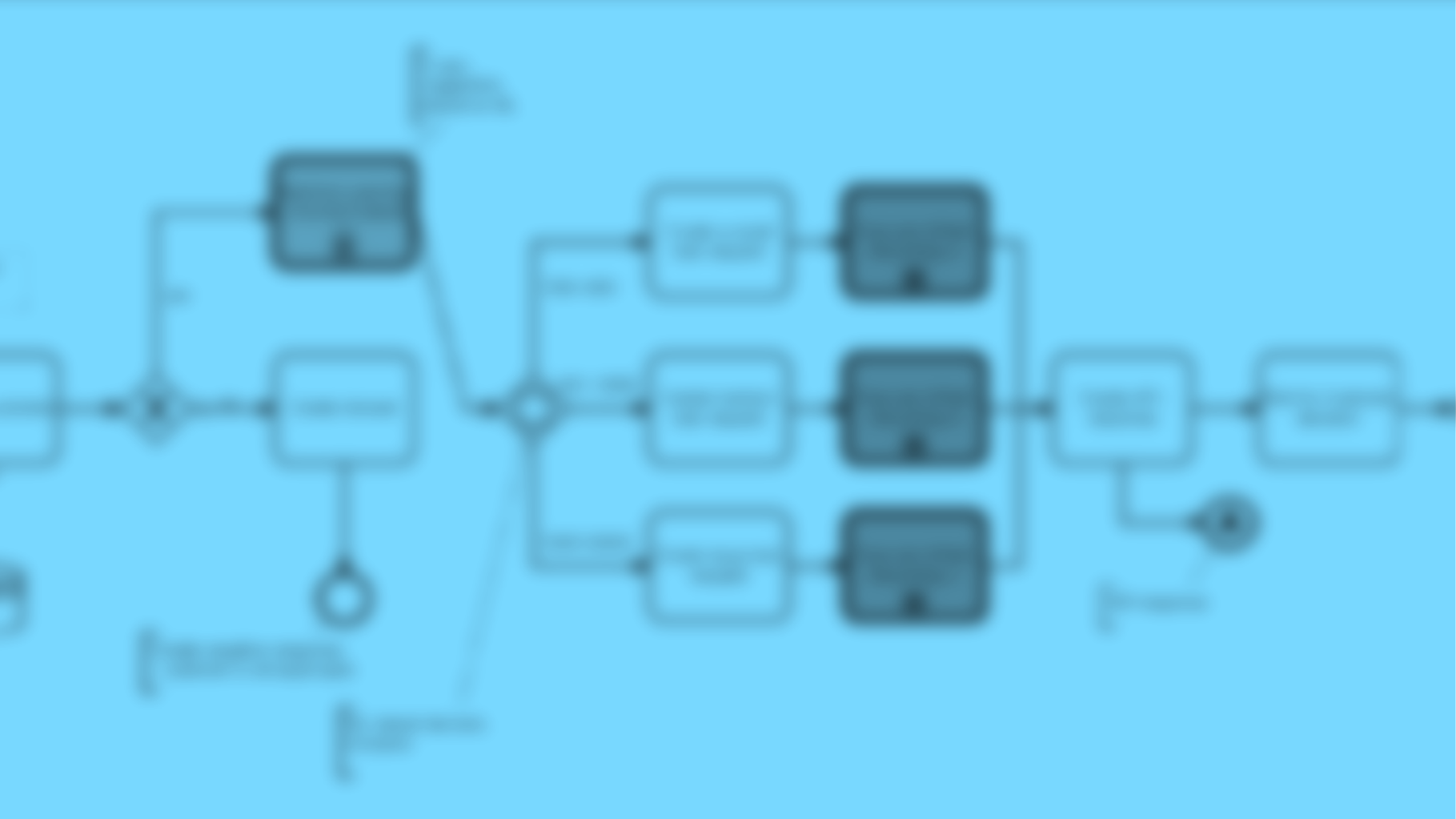Are you going for a complete automated warehouse or production plant? Afraid of the costly integrations in a multi-supplier environment? Setting up automatic material handling is not a small investment and challenge - be sure that you don't fall into a common pitfall: forgetting the fact that no system is an island of its own.
Material handling and warehouse automation are physical automation, whereas process automation (RPA, BPA, you name it) is more like automation the abstract processes on top of systems. Frends integration platform may automate a complete process at a system level by orchestrating a process and invoking calls, file transfers or exposing APIs as a trigger point. A Part of it may include physical automation, like automated trucks inside a warehouse or a production plant.
Automatic Material Handling
Picture an image in your mind where a warehouse is fully automated; machines move everything and no humans to be seen. Like any other business, material handling is evolving. Instead of just handling the material, there is a need to understand what will be moved and why. What is coming to the site, what is going out and when? Can we add intelligence to our processes? All this requires that the material handling processes connect into line-of-business systems, and data is available from within the material handling part of the process. In addition, material handling is evolving towards goods flow management. For example, suppose the weather data predict that tomorrow will be a super hot day. In that case, automation may move the goods that have greater demand on sunny days to departure platforms proactively.

Almost everything that moved manually in a warehouse has an automated counterpart. Here are examples of automated specialized trucks in-warehouse / production plant solutions:
- Pallet transfers with an automated towing system
- Automated Block Stacking - e.g. Swift and agile machine
- Handling of various size pallets automatically.
- High-Level Storage - over ten meters high shelves enable more efficient use of space.
- Forkless handling - pulling truck solutions without forks
- Shuttle system - no aisles, deeper storage slots = more storage space
- The automated co-operation of trucks enables more complex material handling
For example, if an automated process in Frends notices that the weather forecast predicts high temperature for tomorrow, an automated Towing system and Block Stacking may pragmatically move the beer that sells, especially on sunny days, to the departure platform during the night shift. These kinds of triggers may come from partners, Warehouse Management System (WMS), Manufacturing Execution System (MES), Supply Chain Management (SCM), or parametrized inside the integration platform as a business rule. Binding all the systems, own and partner's is the first step towards goods flow management.

Enabling Integrated Logistic Chain
With an integration platform integrating and orchestrating the external systems like WMS, MES, SCM, external public APIs and ERPs together with warehouse automation, a fully integrated logistic chain is possible. Let's look at an example: your production site or warehouse work in three shifts. First, integration orchestration pulls the needs for next days works from Warehouse Management System (WMS) and ERP. Then, it sends the automated forklift system orders to prepare the next day during the night shift proactively. As everyone knows, those night hours are the most expensive hours and doing them automatically saves lots of money.
Why automated trucks?
The automated warehouse itself brings lots of benefits. So when choosing the partner for warehouse automation, ensure you get these benefits. Optimized production - efficiency increase, just-in-time deliveries and enable 24/7 production Minimize losses - decrease the costs via the safety and reliability of the automated truck system. Safety includes fewer damages to goods delivered, minor damage to the environment and most importantly - less damage to humans. Easy to integrate - with Frends enterprise iPaaS, e.g. Toyota T-One is superbly easy to connect to other systems. Return of Investment - Typically 1-3 years, 75% of the systems have ROI less than two systems. Energy Efficiency - automated trucks have optimized automatic charging, high utilization rate and low service costs.
Read more about Toyota's T-One system that can easily be easily used with Frends enterprise iPaaS here.
Right kind of pallets
Especially in the food industry, the pallets and containers must be sturdy, easy to stack and traceable - especially inside an automated warehouse. For example, IFCO's RPC containers are an excellent example of a design that servers the purpose of automatic handling. Palettes with groceries arrive at a logistic centre from near and far. They can be stacked high as palettes specially designed for that. Then containers enter the infeed, contents are read automatically from bar codes, and Frends iPaaS can update the WMS and other systems accordingly. Groceries, like apples, are stored in a cooled warehouse. Typically, the temperature, moisture and humidity are not optimal for human workers, thus making automated trucks an even more viable solution.
Why use Frends iPaaS with warehouse automation?
Frends provides integration and connectivity capabilities to Toyota Material Handling's T-One system, enabling the following benefits:
- Faster customer onboarding
- Connectivity to customer's WMS, MES, SCM, ERP and any other systems
- Hassle-free and cost-efficient integrations in onboarding project
- Easy to monitor and operate API and process automation
- Integrations as a managed service
- End-to-end process automation
By adding process automation and integration module Frends to T-One, end customers can also move from warehouse automation to broader goods flow management. This way, warehouse automation is a part of more comprehensive and intelligent business process automation enabling, e.g., on-the-spot warehouse activities based on external events.
Roadmap for automated material handling
Automated material handling and goods flow management are not small targets to achieve; you should have a clear roadmap for your path to a fully automated warehouse or production site. Typically these targets take 3-5 years to complete, so start now, or you will be behind the competitors.
Don't forget to understand and design the processes that control and orchestrate the overall automation of goods flow.
Are you ready for truck automation? Here is the readiness test for truck automation (Finnish) https://kampanja.toyota-forklifts.fi/trukkiautomaation-valmiustesti.
Watch the Webinar:
Industry 4.0: Trukkiautomaatio osana liiketoimintaprosesseja (Industry 4.0: Forklift automation as part of business processes) - in Finnish.
Sources: Ville Sihvonen, Toyota Material Handling Finland (webinaari: Roadmap Automaation Käyttöönottoon).












